Top Reasons to Visit Beautiful and Wild Greenland
Long, deep fjords reach far into both the east and west coasts of Greenland in complex systems, offering magnificent, if desolate, scenery.
Along many parts of the coast, the ice sheet fronts directly on the sea, with large chunks breaking off the glaciers and sliding into the water as icebergs.
It’s a World Number One
Greenland is the world’s largest island.
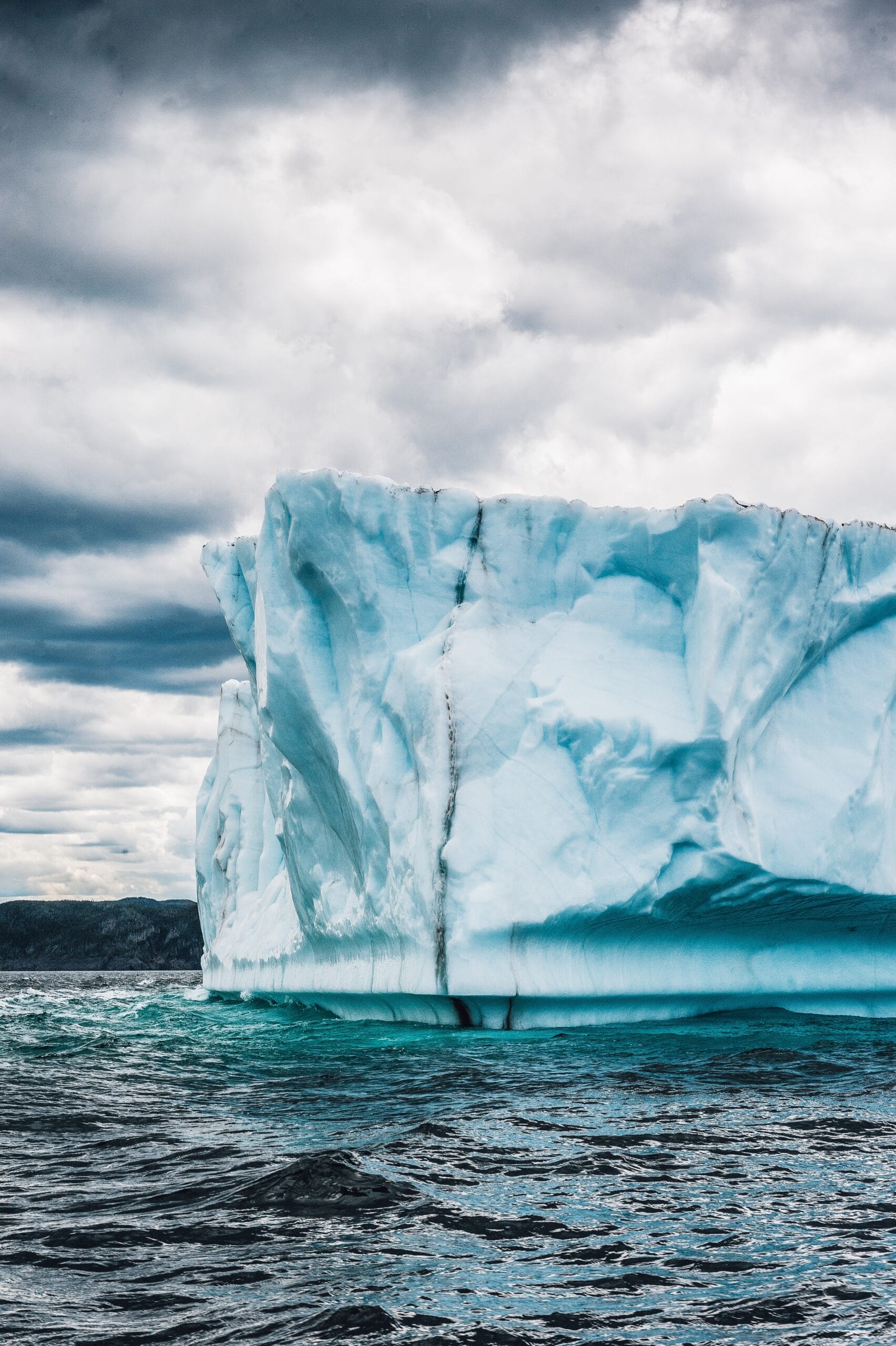
It Holds a Unique Geographical Location, and not many People
Greenland (Kalaallit Nunaat in Greenlandic and Grønland in Danish) is located both north and south of the Arctic Circle. As well as being the world’s largest Island, it is the least densely populated territory in the world.
It Connects to the World in Incredible Ways
Greenland’s closest European neighbour is Iceland, however it’s geographically closest to Canada’s east coast and is actually connected to North America via a submarine ridge.
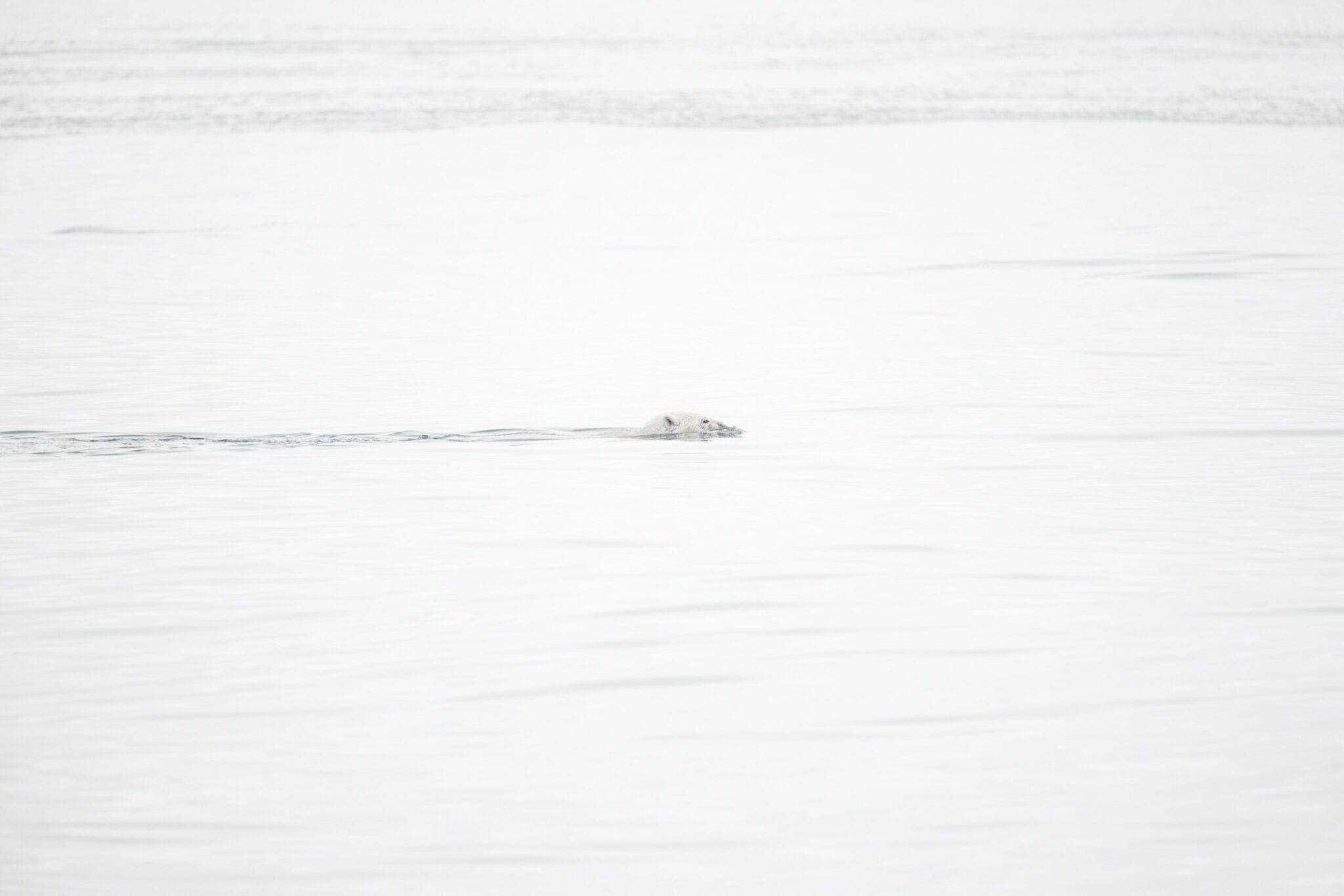
This ridge is no deeper than 600 feet (180 metres). Structurally, Greenland is an extension of the Canadian Shield, the rough plateau of the Canadian north that is made up of hard Precambrian rocks.
You Can Engage with an Exciting Culture
The people are called Greenlanders, of whom almost 90% are Inuit, and their official language is Greenlandic.
Words such as ‘kayaking’ and ‘igloo’ that are commonly used in English actually come from Greenlandic. Greenlanders also speak Danish and English.
Visit the World’s most Northernmost Capital
Greenland’s capital is Nuuk, a settlement of 18,000 inhabitants. This latitude, of 64°11′ N, makes it the world’s northernmost capital.
Learn about Erik the Red
The name Greenland was reputedly given by Erik the Red, a Viking who settled there in the 900s after being exiled from Iceland for manslaughter.
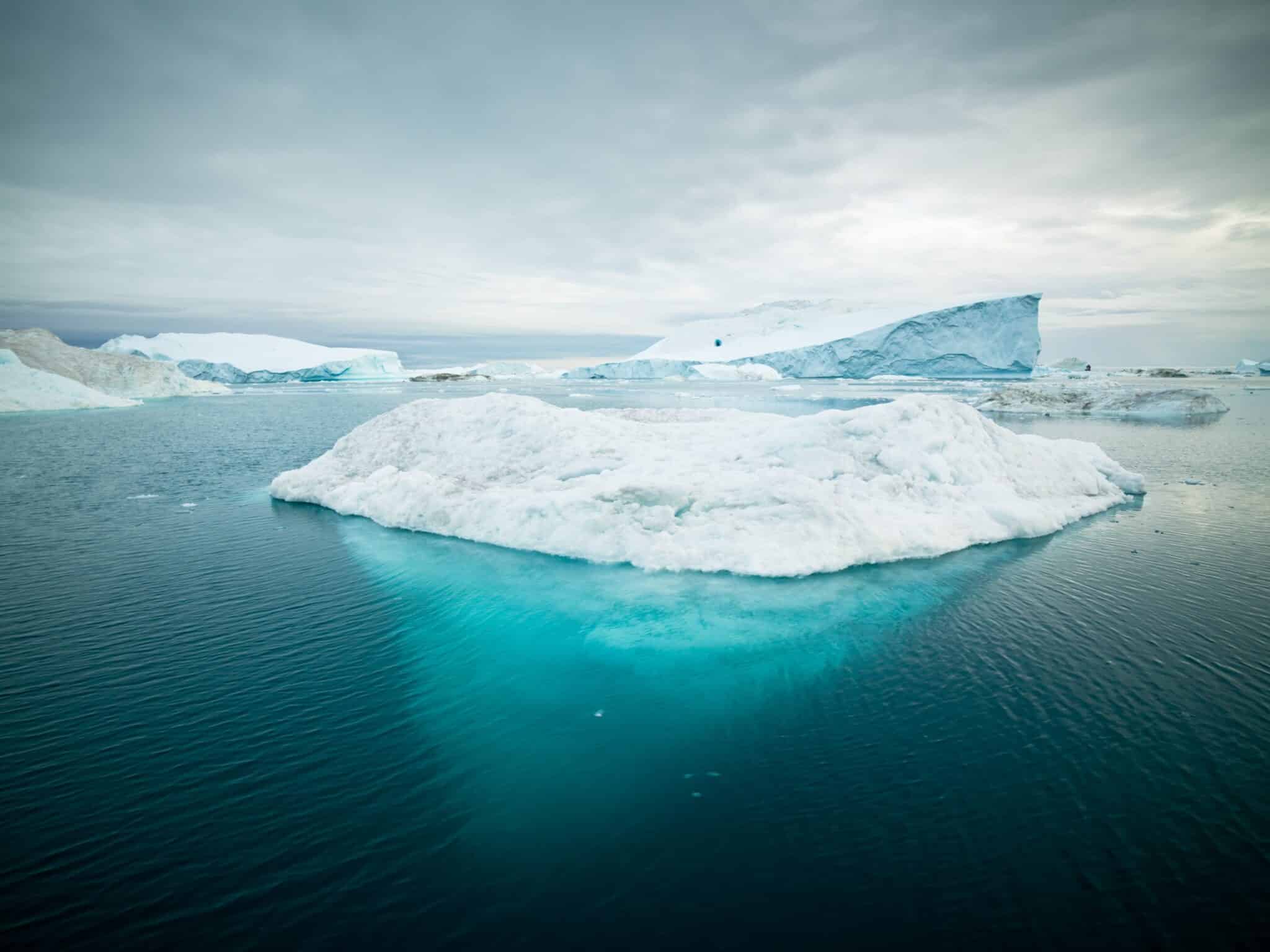
Some sources say he chose that name to make the country seem more appealing to settlers, hoping to get others to join him.
Others believe that temperatures were higher and the land greener and more fertile at the time, leading many people to make the journey and start new lives. There were about 280 farms in the two earliest main settlements.
Check out these amazing female explorers
It Contains One of the Largest Ice Sheets in the World
After Antarctica, Greenland boasts the second largest ice sheet in the world, which covers around 80% of the entire island.
The Greenland Ice Sheet has an average thickness of 5,000 feet (1,500 metres), reaches a maximum thickness of about 10,000 feet (3,000 metres), and covers more than 700,000 square miles (1,800,000 square km) Layers of snow falling on its barren, windswept surface become compressed into ice layers, which constantly move outward to the peripheral glaciers;
Bathe in Hot Springs
Despite the ice, Greenland also offers a wonderful landscape full of naturally-occurring hot springs. On the island of Uunartoq, you’ll find springs that are warm enough to bathe in.
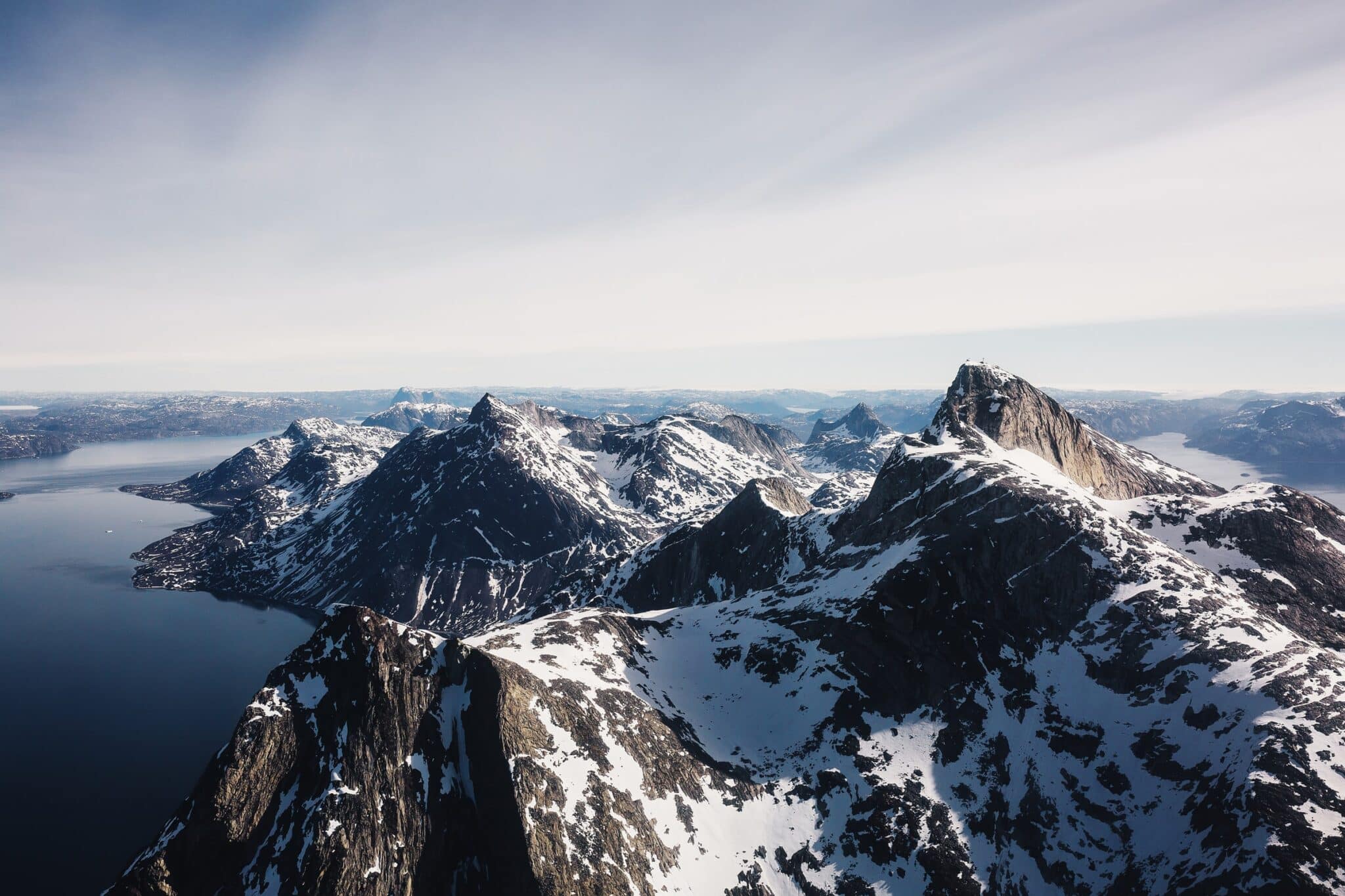
During the summer months, in the southern part of the island, you may find that temperatures rise to 20° C (68° F) or higher. Perfect weather for sightseeing and enjoying the outdoors.
Explore UNESCO Sites in Greenland
Greenland has 3 UNESCO world Heritage sites.
Ilulissat Icefjord, located on the west coast is where you will find Sermeq Kujalleq, one of the most active glaciers in the world, and also the most visited glacier in Greenland.
Kujataa is a subarctic farming landscape which highlights the cultural histories of the Norse and Inuit hunters and farmers who developed and cultivated the area.
The Aasivissuit to Nipisat region is an Inuit hunting ground located inside the Arctic Circle.
See One of the Fastest Glaciers in the World
The Jakobshavn Glacier, often moving 100 feet (30 metres) a day, is among the world’s fastest glaciers.
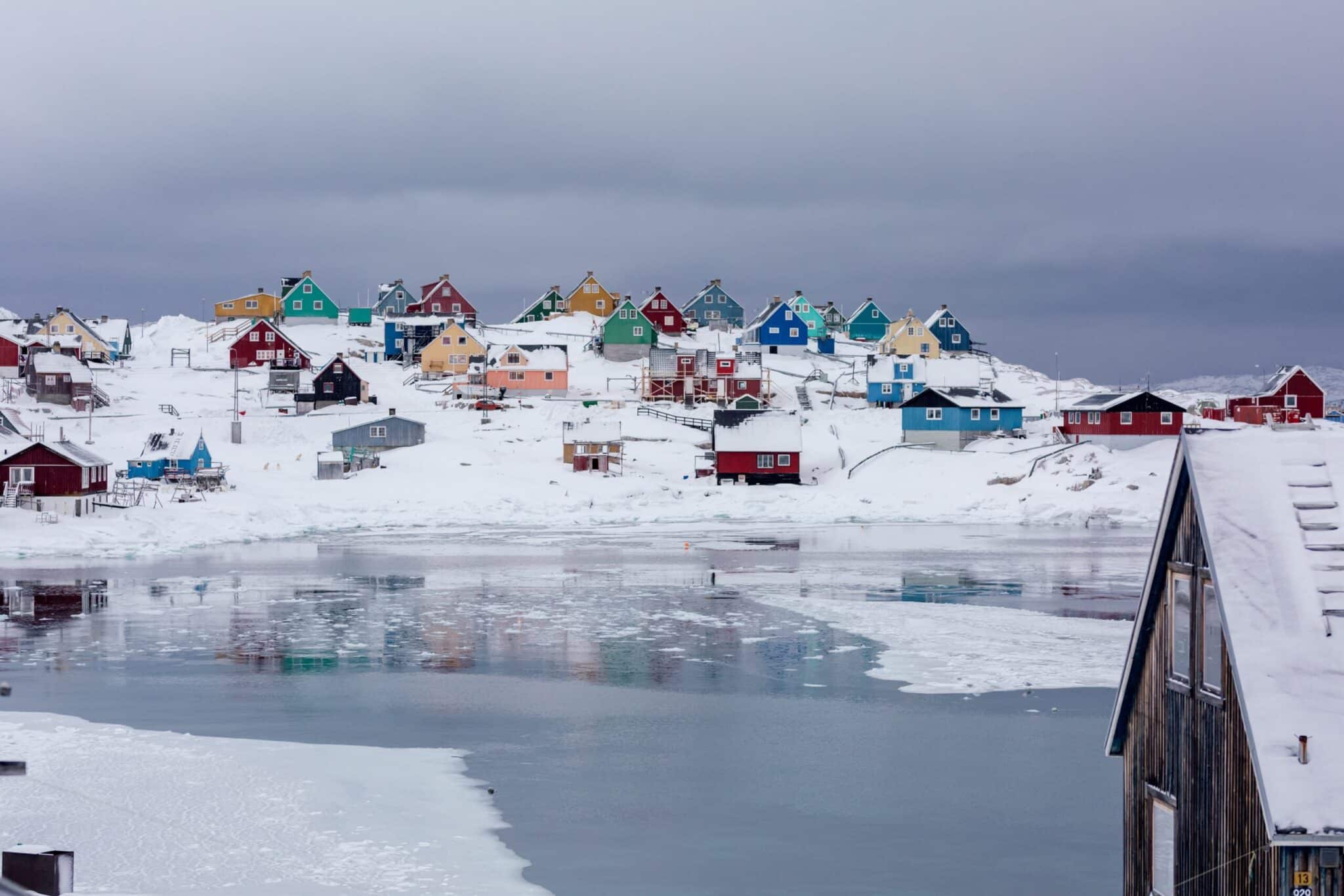
Learn about Northern Politics
Greenland had a closed and self-sufficient economy until World War II.
Greenland was a Danish colony until 1953, when it became a country. It attained home rule in 1979 and began full self-government in 2009.
The government is a constitutional monarchy, with a 31-member unicameral parliament called Landsting and a premier. The country sends two representatives to the Danish Folketing. The nominal head of state is the Danish Queen.
Greenland is technically part of Denmark, but is autonomous with its own domestic government. They use the Danish krone (DKK) as their currency.
Visit Ancient Cultures
The largest town in southern Greenland is Qaqortoq, which has been occupied for about 4,300 years. The Qaqortoq museum contains an art collection from the Dorset, Thule and Norse cultures.
Ever wanted to go dog sledding in Scandinavia? Find out how.
Travel in Style
Most transportation centres on boats and air traffic – there are airports and heliports across the country. And you can also travel on snowmobiles and dogsleds.
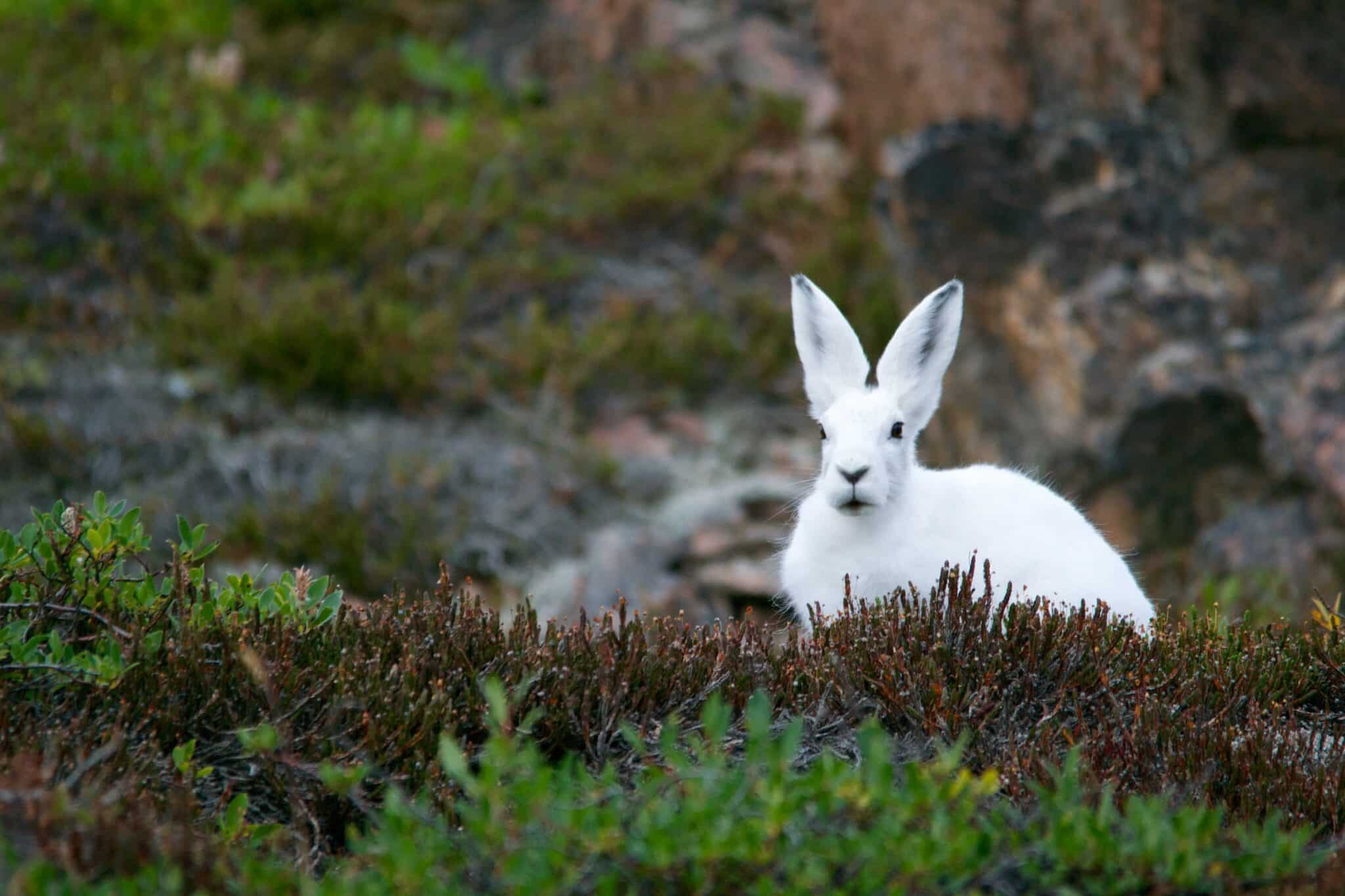
Greenland and Global Warming
In the late 20th and early 21st centuries, scientists posited that global warming was profoundly affecting not only Greenland’s climate but also its physical geography.
A number of scientists noted that Greenland’s vast ice sheet was shrinking at a highly increased rate. In 2012, for example, satellites revealed that at midyear 97 percent of the ice sheet showed some signs of melting, whereas in most years the melt affected only about half of the ice sheet.
Researchers were uncertain, however, if the abrupt ice loss represented a long-term trend, but in 2016, as global warming pushed the planet toward the hottest January, February, March, April, and May in its history (according to NASA), Greenland also experienced a series of record early spikes in the melting of its ice sheets.
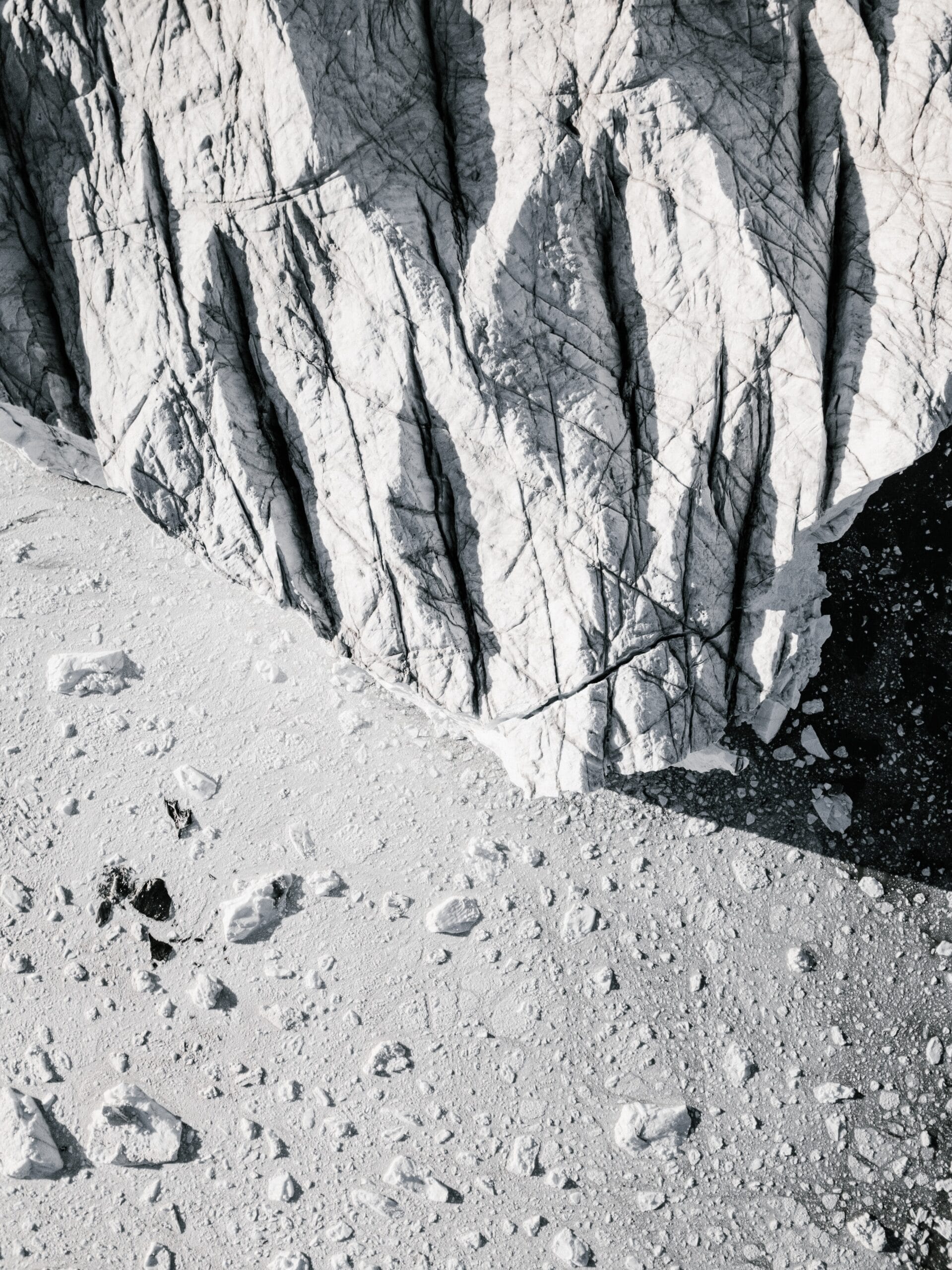
The country’s plant life is characterized mainly as tundra vegetation and consists of such plants as sedge and cotton grass. Plantlike lichens also are common.
The limited ice-free areas are almost totally devoid of trees, although some dwarfed birch, willow, and alder scrub do manage to survive in sheltered valleys in the south.
Several species of land mammals—including polar bears, musk oxen, reindeer, Arctic foxes, snow hares, ermines, and lemmings—can be found on the island. Seals and whales are found in the surrounding waters and were formerly the chief source of nourishment for the Greenlanders.
Cod, salmon, flounder, and halibut are important saltwater fish, and the island’s rivers contain salmon and Arctic char.
History Of Greenland
The Inuit (Eskimo) are believed to have crossed to northwest Greenland from North America, using the islands of the Canadian Arctic as stepping stones, in a series of migrations that stretched from at least 2500 BCE to the early 2nd millennium CE.
Each wave of migration represented different Inuit cultures. Several distinct cultures are known, including those classified as Independence I (c. 2500–1800 BCE), Saqqaq (c. 2300–900 BCE), Independence II (c. 1200–700 BCE), Dorset I (c. 600 BCE–100 CE), and Dorset II (c. 700–1200).
The most recent arrival was the Thule culture (c. 1100), from which the Inugsuk culture developed during the 12th and 13th centuries.
In 982 the Norwegian Erik the Red, who had been banished from Iceland for manslaughter, settled on the island today known as Greenland.
Returning to Iceland about 985, he described the merits of the newly discovered land, which he called Greenland, and in 986 he organized an expedition to the island that resulted in the development of two main settlements: the East Settlement, near present-day Qaqortoq (Julianehåb), and the West Settlement, near present-day Nuuk (Godthåb).
These settlements may have reached a population of 3,000–6,000 on about 280 farms, suggesting that temperatures at that time may have been as warm or warmer than they are today. Christianity arrived in the 11th century by way of Erik’s son Leif Eriksson, who had just returned from the recently Christianized Norway.
A bishop’s seat was established in Greenland in 1126.
Beginning sometime in the 13th century, the Norse (Scandinavian) settlers began to interact with the expanding Inuit Thule culture that had appeared in northern Greenland about 1100.
But in the 14th century the Norse settlements declined, perhaps as a result of a cooling in Greenland’s climate. In the 15th century they ceased to be inhabited.
During the 16th and 17th centuries, Dutch and English whalers frequently traveled in the seas around Greenland, and occasionally they interacted with the local population.
However, no further attempt at colonization was made until 1721, when Hans Egede, with the permission of the united kingdom of Denmark-Norway, founded a trading company and a Lutheran mission near present-day Nuuk, thus marking the real beginning of Greenland’s colonial era. In 1776 the Danish government assumed a full monopoly of trade with Greenland, and the Greenland coast was closed to foreign access; it was not reopened until 1950.
During this period Denmark tried gradually to acclimatize the Greenlanders to the outside world without exposing them to the danger of economic exploitation.
Greenland fell under the protection of the United States during the German occupation of Denmark in World War II and was returned to Denmark in 1945. Following the war, Denmark responded to Greenlanders’ complaints over its administration of the island.
The monopoly of the Royal Greenland Trading Company was abolished in 1951, and, after Greenland became an integral part of the Kingdom of Denmark in 1953, reforms were undertaken to improve the local economy, transportation systems, and the educational system. Denmark granted home rule to the island on May 1, 1979.
At the start of the 21st century, there was growing support in Greenland for greater control of its foreign affairs. This arose partly in response to a 2004 agreement allowing the United States to upgrade its missile defense system at Thule Air Base.
Inuit who had been forcibly removed from the area surrounding the base in the 1950s sued for the right to return, airing their grievances at the European Court of Human Rights.
Some Greenlanders were wary of continued U.S. involvement because the United States had stored nuclear bombs on the island during the Cold War without Greenland’s knowledge, despite a Danish ban on such weapons; additionally, in 1968 a U.S. military aircraft carrying four hydrogen bombs had crashed near Thule.
There were calls for an independent Greenland, and parties campaigning for greater autonomy scored electoral victories in the first decade of the 21st century. In November 2008 more than 75 percent of Greenlanders who voted approved a nonbinding referendum calling for greater autonomy.
The proposal, which was formulated by legislators in both Greenland and Denmark, had the tacit approval of the Danish government even before the referendum was held.
It would increase the responsibilities of Greenland’s government in foreign affairs, immigration, and justice, among other areas, while also granting it the rights to the potentially lucrative hydrocarbon and mineral resources that have become increasingly accessible as a result of the island’s melting ice cap.
It was widely believed that this potential revenue would free Greenland from its economic dependence on Denmark, which many saw as the final stumbling block to complete independence. Snap elections held in June 2009 saw Siumut removed from power for the first time since home rule was granted in 1979.
The opposition Inuit Ataqatigiit captured more than 40 percent of the vote, and party leader Kuupik Kleist worked quickly to form a coalition government prior to the expansion of home rule later that month.
In elections in 2013 Siumut returned to power at the head of a coalition presided over by Greenland’s first female prime minister, Aleqa Hammond, whose government placed a moratorium on granting licences for oil exploration and began requiring royalty payments from foreign concerns before they began mining. (Kleist’s government had planned to allow foreign firms to defer payments until some startup costs could be recouped.)
Hammond’s government also announced its willingness to allow the mining of some radioactive minerals, notably uranium, which had previously been prohibited.
In October 2014, with her government having narrowly escaped a vote of no confidence, Hammond temporarily stepped down amid accusations of having misused government funds and was replaced by Kim Kielsen.
When the parliamentary opposition engineered a snap election at the end of November, Kielsen led Siumut to the polls, where it captured about 34 percent of the vote, compared with about 33 percent for the chief opposition party, Inuit Ataqatigiit (IA). Both parties were awarded 11 of the 31 legislative seats, but Kielsen arranged a new governing coalition with two smaller partners, the Demokratiit party (four seats) and the Atassut Party (two seats).

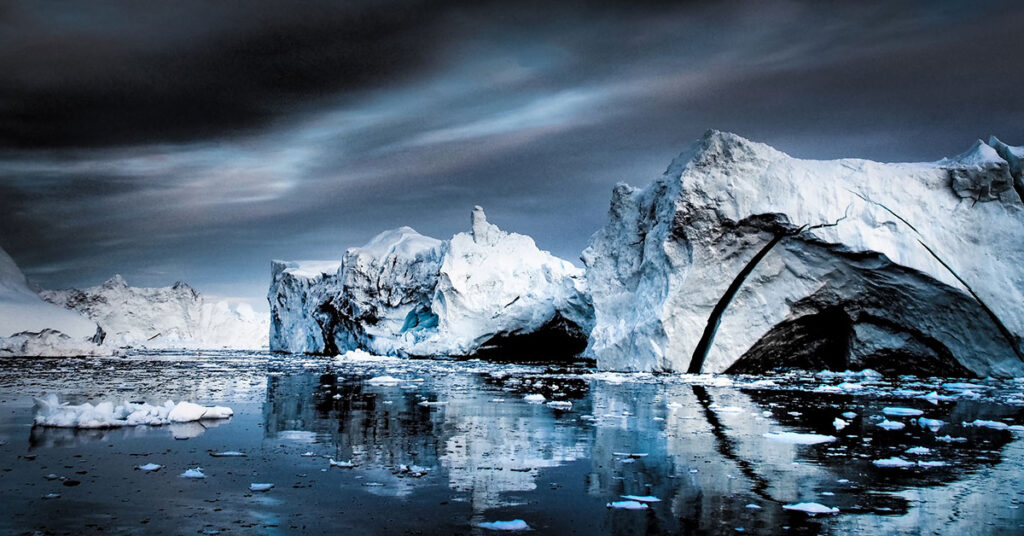
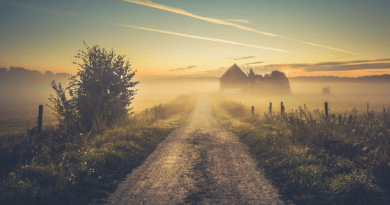
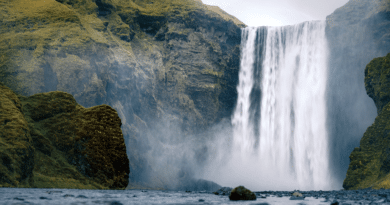
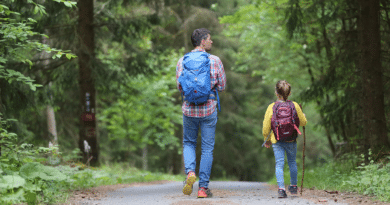
Comments are closed.